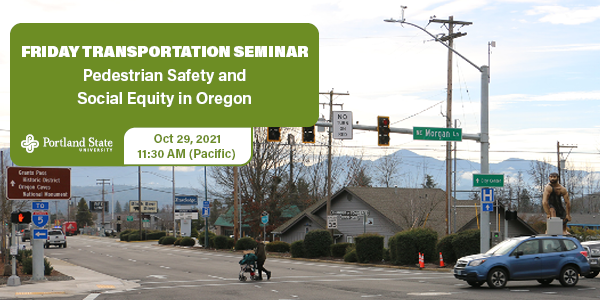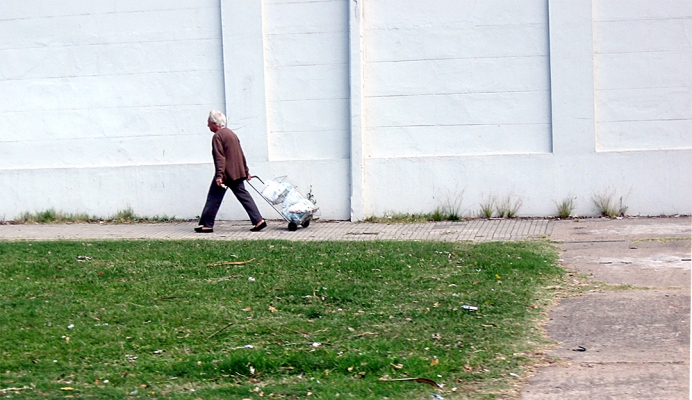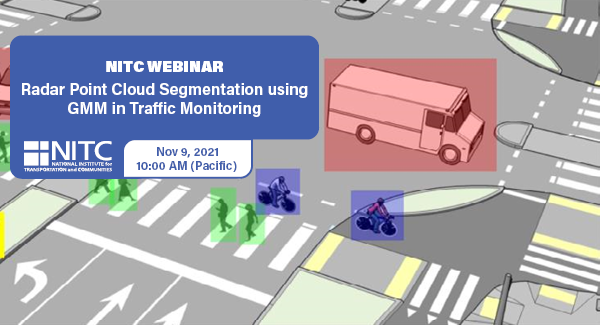Friday Transportation Seminars at Portland State University have been a tradition since 2000. You can join us online at 11:30 AM.
PRESENTATION ARCHIVE
THE TOPIC
Past research and planning has highlighted the existence of pedestrian injury disparities throughout the US and some local agencies have performed cursory analysis in Oregon. However, no statewide analysis of pedestrian injuries in Oregon has been completed to see how these injury outcomes differ by race and income.
This presentation aims to help better understand the factors...
Read more






 ...
...